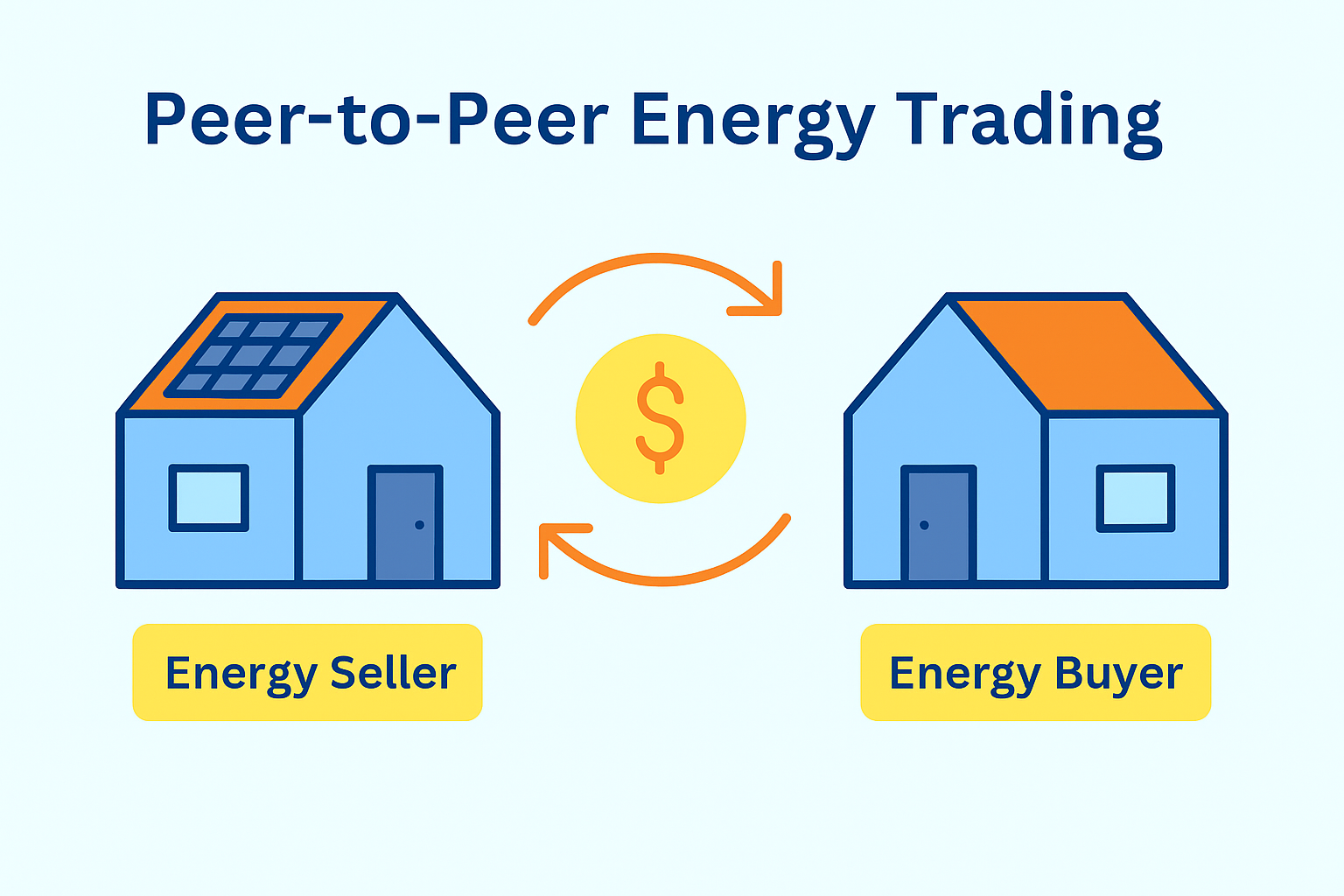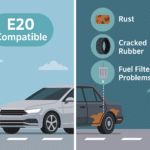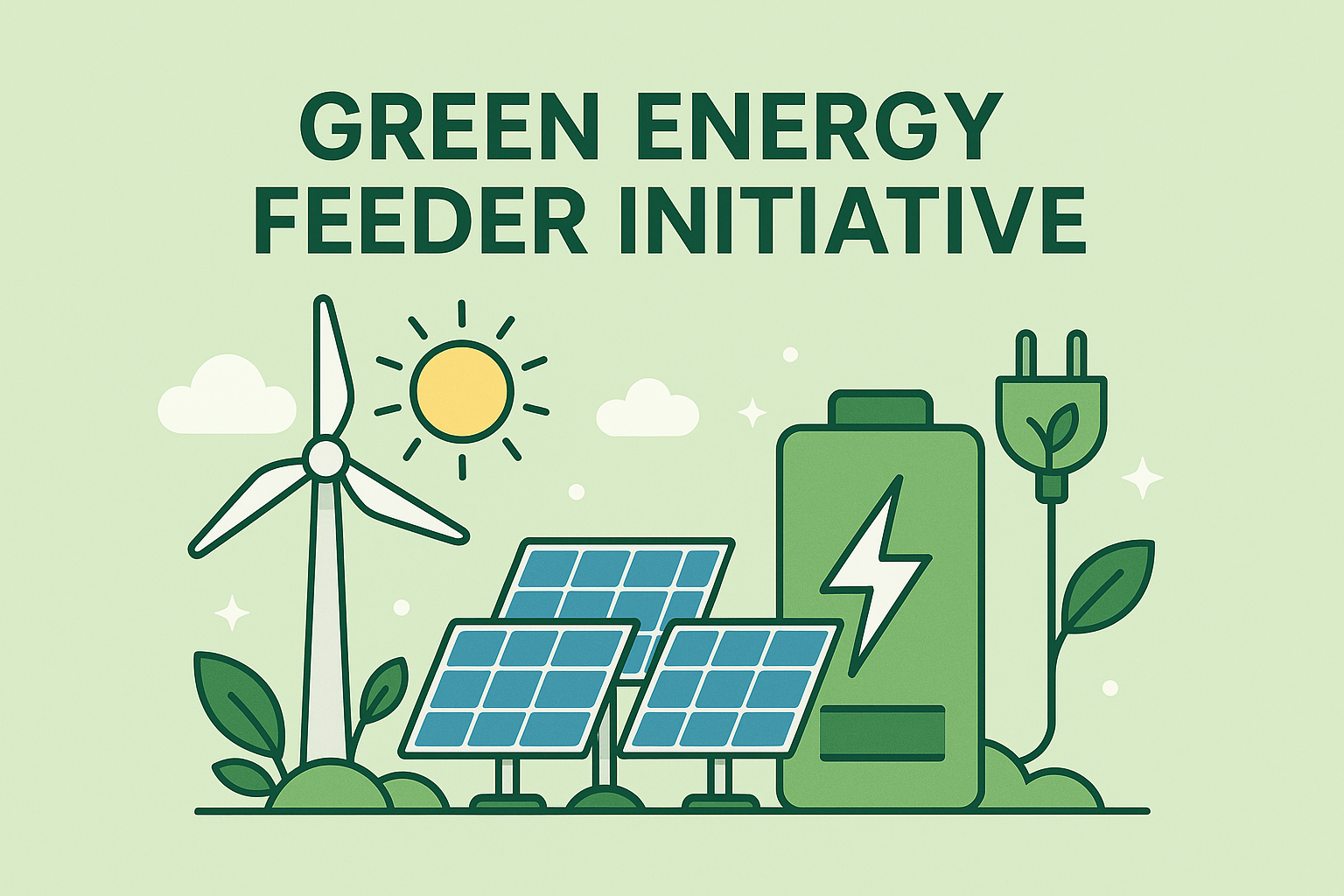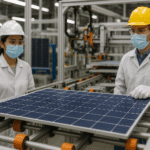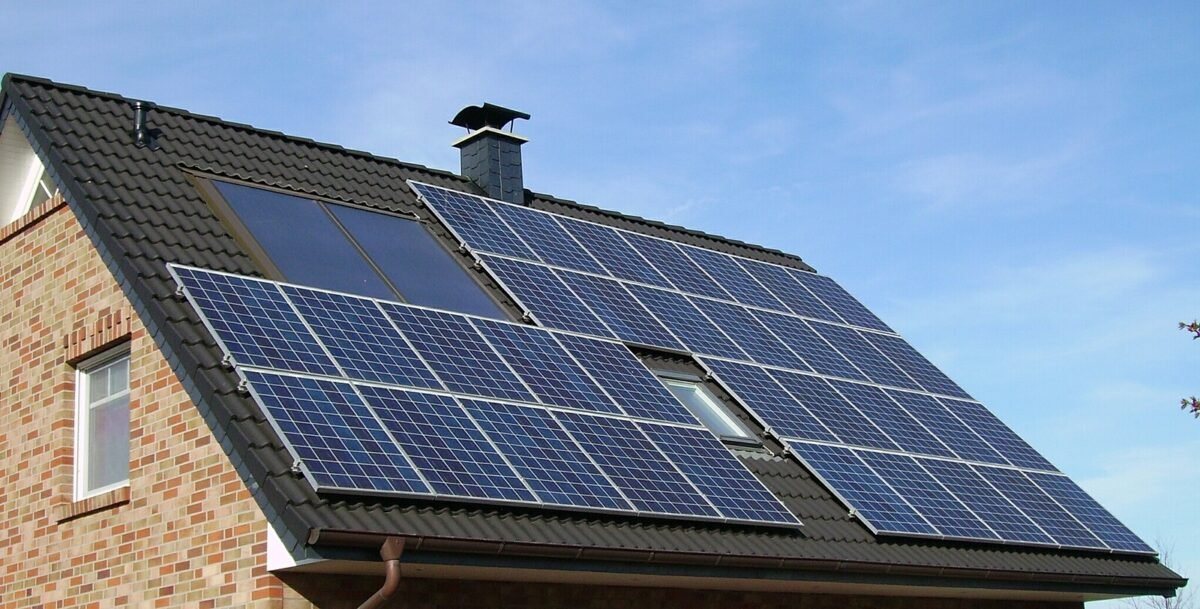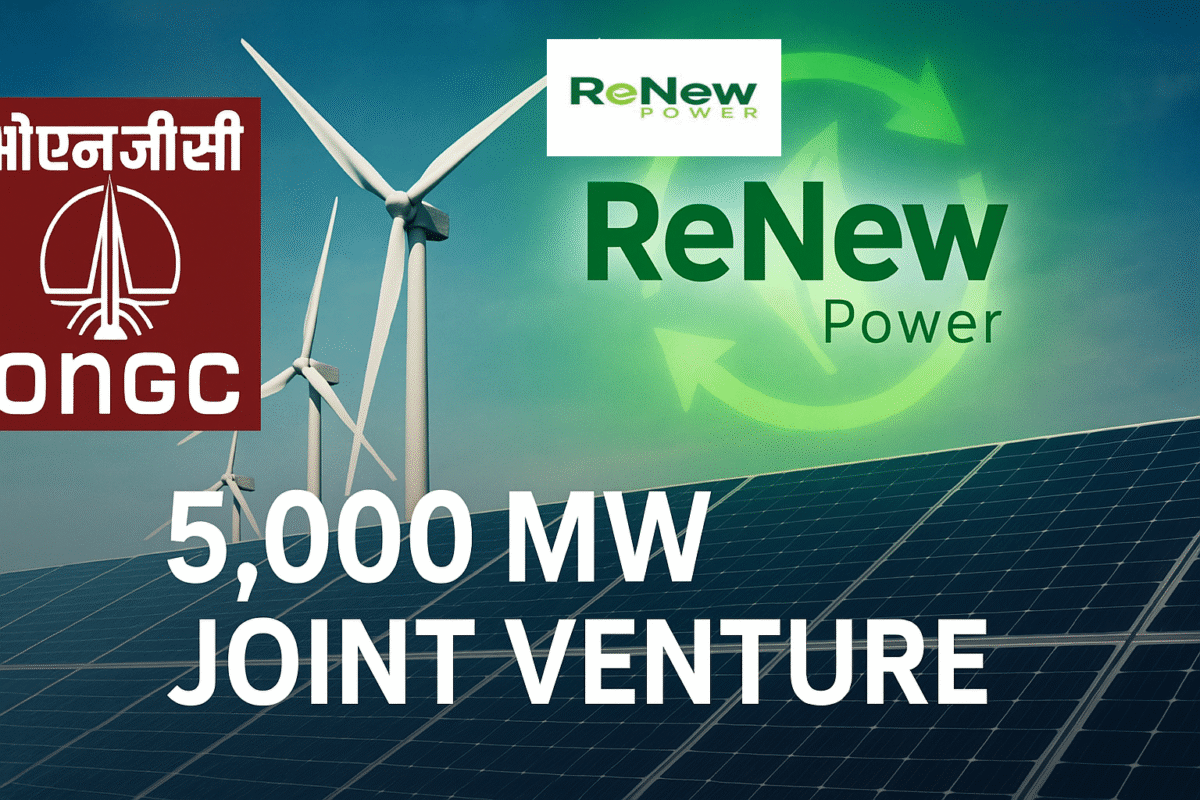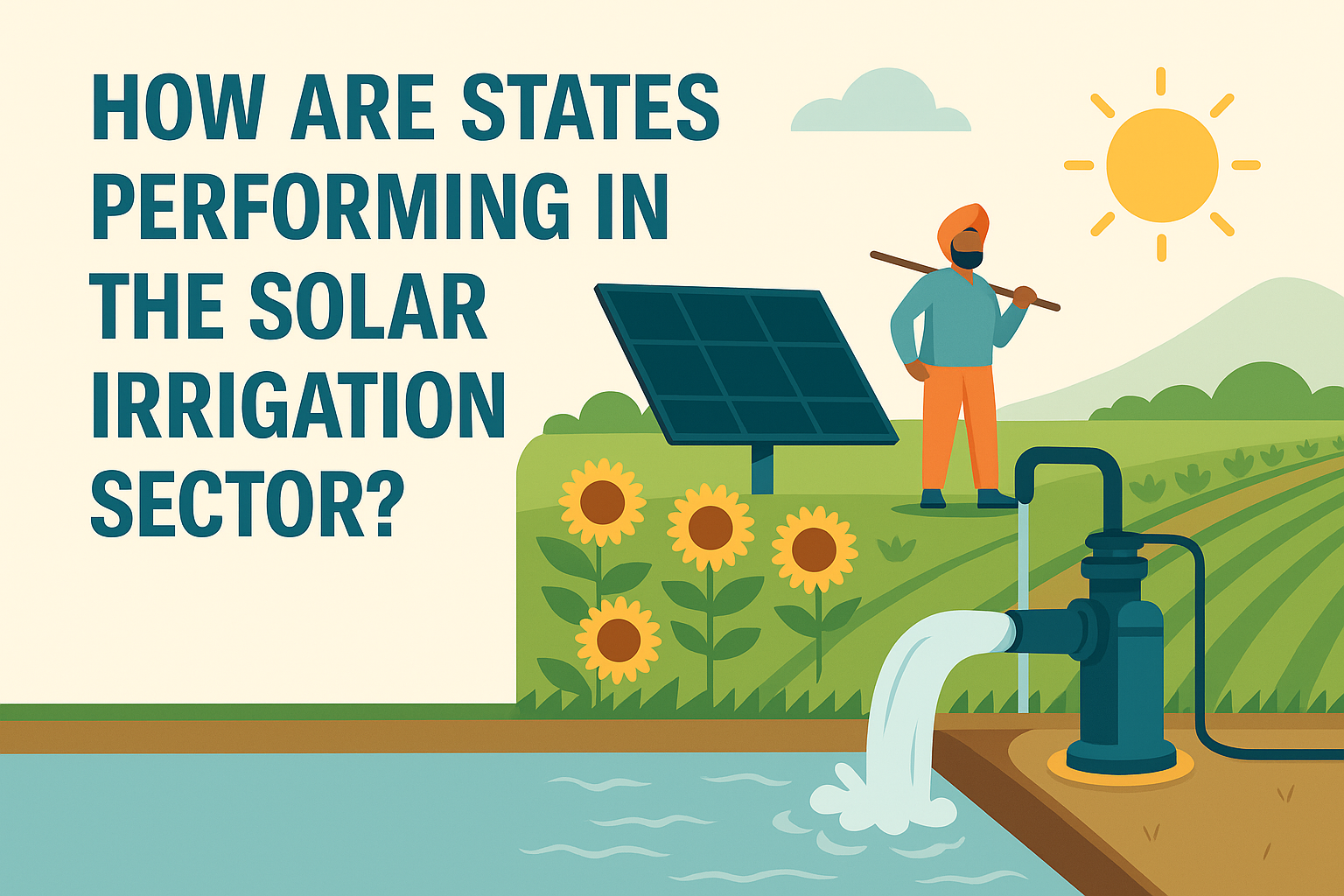“The goal is not only energy independence, but also creating cleaner, safer, and more investor-friendly industrial ecosystems,”
– Mayur Maheshwari, UPSIDA CEO
The Uttar Pradesh State Industrial Development Authority (UPSIDA) has announced its most ambitious sustainability initiative yet: transforming 13 key industrial hubs into “Solar Industrial Zones.” Aligned with the state’s 2022 Solar Energy Policy, this initiative seeks to weave renewable energy, environmental enhancement, and cost efficiency into Uttar Pradesh’s industrial development blueprint.
Unlike conventional rooftop-only models, UPSIDA’s plan integrates Utility-Scale Solar Plants in 13 zones—from Surajpur and Ghaziabad to Agra, Mathura, Prayagraj, Jhansi, Baghpat, Shahjahanpur and Moradabad—providing substantial grid relief to industrial parks. This will further be complemented by Off-grid solar lighting along internal roads, which enhances nighttime safety and reduces operational costs.
The first of these, a 150 kW rooftop solar plant, has already been commissioned at UPSIDA’s Kanpur headquarters, setting the tone for the rest of the rollout. The plant supports lighting and office operations, reduces dependency on grid electricity, and enhances the green footprint of the industrial authority.
Learnings from Other States: Industrial Solar Gaining Momentum Nationwide
As Uttar Pradesh sets out to solarise its industrial zones, it joins a growing league of states pioneering similar clean-energy transformations. Here are standout examples:
- Gujarat: Through GUVNL, Gujarat is integrating battery energy storage systems (BESS) with GIDC estates, ensuring round-the-clock clean power for industries. The state’s total renewable capacity has crossed 35 GW, offering industries stable green tariffs without the need for individual plants.
- Rajasthan: RIICO is exploring solar deployment within its 360+ industrial zones, particularly in areas surrounding mega-parks like Bhadla. While not yet at UPSIDA’s scale, the intent to embed distributed solar infrastructure is underway.
- Kerala: At the Bio360 Life Science Park, solar is being integrated with a pilot green hydrogen facility, signaling an advanced stage of clean-industrial innovation beyond just electricity—tailored for research parks and biotech zones.
These examples show that industrial clean energy is no longer limited to rooftop models—states are embedding solar, storage, and even hydrogen directly into industrial infrastructure.
As a way forward, key next steps include issuing tenders for all 13 identified zones, collaborating with UPNEDA to leverage Central subsidies under the PM Surya Ghar incentive scheme for select locations, completing baseline energy audits and defining green certification metrics, and actively engaging stakeholders—including DISCOMs, corporates, solar vendors, and financial institutions—to unlock and scale up private sector investment.
UPSIDA’s program is expected to bring long-term cost savings, increased energy security, and enhanced environmental credentials for industries in the state. As the rollout continues, the initiative could serve as a model for other state industrial development authorities to emulate—especially in light of India’s net-zero goals and growing demand for resilient and clean industrial infrastructure.



